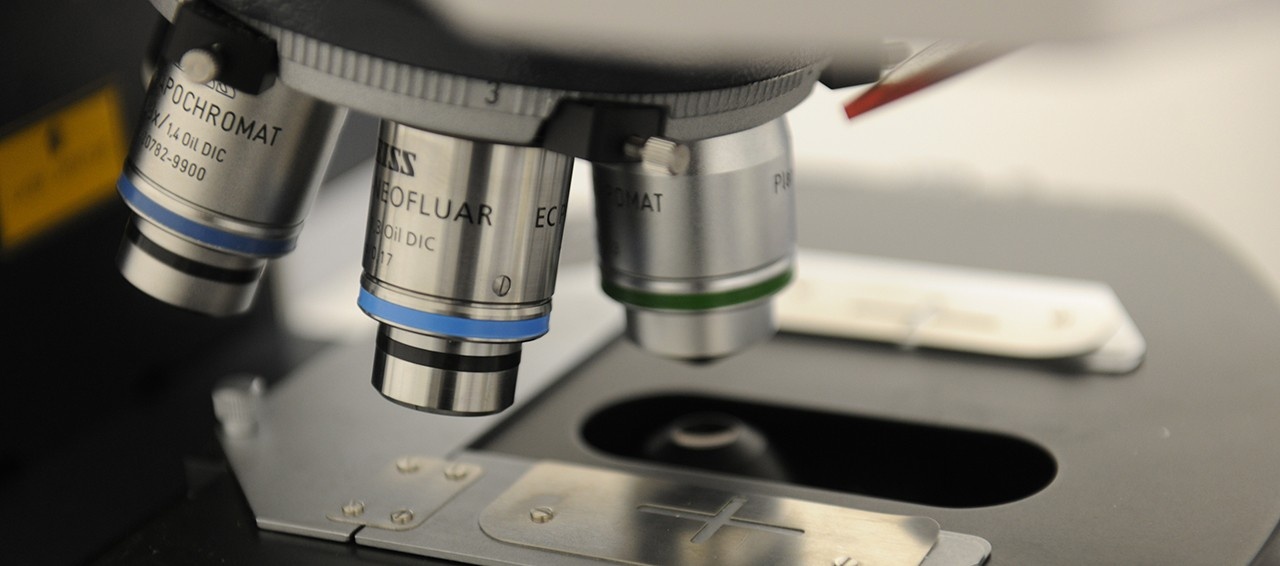T. Alexander Quinn
Associate Professor, Department of Physiology and Biophysics, School of Biomedical Engineering

Contact
T. Alexander Quinn, PhD
Email: alex.quinn@dal.ca
Phone: 902-494-4349
Web: http://medicine.dal.ca/departments/department-sites/physiology/our-people/our-faculty/alexander-quinn.html
My lab focuses on the intrinsic regulation of cardiac function and the effects of mechano-electric interactions on heart rhythm. The goals of my research program are to: (i) define organ-, tissue-, cell-, and subcellular-level mechanisms responsible for (patho-)physiological responses; (ii) discover their relevance for heart rhythm in health and disease; and (iii) use this knowledge to develop novel targeted anti-arrhythmic therapies.
Our Group
We are exploring a variety of research topics within the fields of cardiovascular physiology and disease. We employ an innovative multi-scale, multi-species approach (in whole animals to isolated tissue and cell preparations, including rabbit, mouse, and zebrafish), combining engineering-based experimental methods with computational modeling to gain insight into normal cardiac function and pathologies at various levels of functional and structural complexity.
Selected Publications
| MacDonald EA, Stoyek, MR, Rose RA, Quinn TA. Intrinsic regulation of sinoatrial node function and the zebrafish as a model of stretch effects on pacemaking. Prog Biophys Mol Biol. 2017; 130:198-211. |
| Quinn TA, Jin H, Lee P, Kohl P. Mechanically-induced ectopy via stretch-activated cation-nonselective channels is caused by local tissue deformation and results in ventricular fibrillation if triggered on the repolarization wave-edge (Commotio cordis). Circ Arrhythm Electrophysiol. 2017; 10:e004777. |
| Quinn TA*, Camelliti P*, Rog-Zielinska EA*, Siedlecka U, Poggioli, T, O’Toole ET, Knöpfel T, Kohl P. Electrotonic coupling of excitable and nonexcitable cells in the heart revealed by optogenetics. Proc Natl Acad Sci U S A. 2016; 113:14852-7. |
| Gemmell P, Burrage K, Rodriguez B, Quinn TA. Rabbit-specific computational modelling of cardiac cell electrophysiology: using populations of models to explore variability in the response to ischemia. Prog Biophys Mol Biol. 2016; 121:169-84. |
| Quinn TA. The importance of non-uniformities in mechano-electric coupling for ventricular arrhythmias. J Interv Card Electrophysiol. 2014; 39:25-35. |
